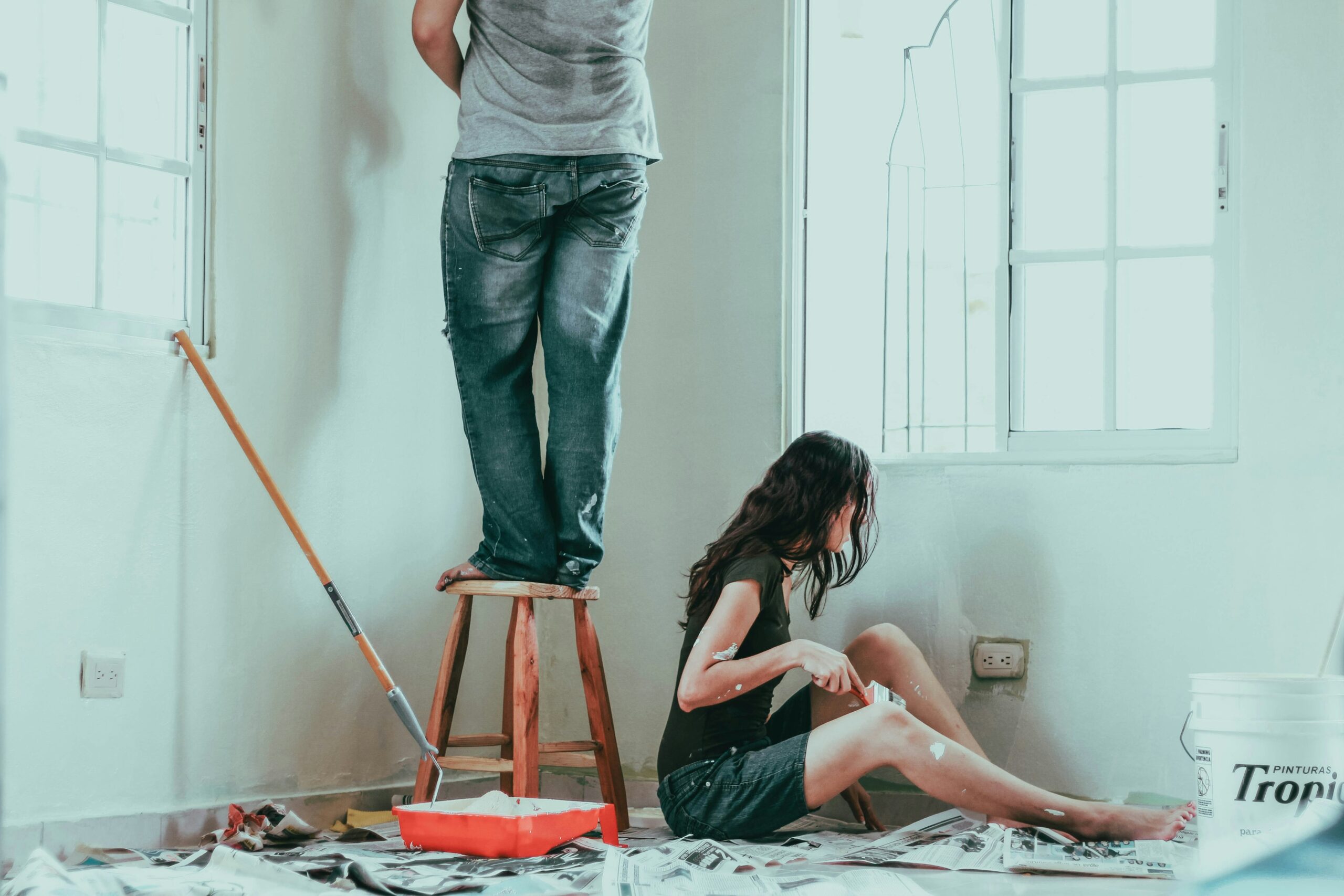When it comes to selling a property, one question that often arises is whether it’s worth the effort and investment to fix up the house before putting it on the market. Homeowners may wonder if the time, money, and resources spent on repairs and improvements will ultimately yield a higher property value and a more successful sale. While there’s no one-size-fits-all answer, considering the benefits of making repairs can provide valuable guidance in the sales process.
One essential aspect to consider is the power of first impressions. When potential buyers walk through the front door, they begin forming an opinion about the property within seconds. The condition of the house plays a significant role in shaping this initial perception. By staging the property effectively, enhancing its appeal, and addressing any noticeable flaws, sellers can create a favorable first impression that may increase the chances of a successful sale.
Furthermore, investing in repairs can have a positive impact on the photography of the house. In today’s digital age, where online listings and virtual tours are crucial in attracting potential buyers, high-quality images that showcase a well-maintained and visually appealing property are essential. By addressing maintenance issues, sellers can ensure that the photographs capture the house in its best possible light, attracting more interest from prospective buyers.
While some sellers may be hesitant to spend money on repairs, it’s important to recognize the potential long-term benefits. Houses in excellent condition typically spend fewer days on the market compared to those with visible flaws. A property that has been well-maintained and updated is more likely to attract a broader pool of buyers, resulting in a higher likelihood of receiving multiple offers. This increased competition can drive up the final sale price, ultimately offsetting the upfront costs of repairs.
Moreover, making repairs prior to listing can facilitate the inspection and negotiation process. When a home is in good condition, potential buyers are less likely to discover significant issues during the inspection. This can lead to smoother negotiations and a higher chance of closing the deal successfully. By proactively addressing any maintenance concerns, sellers can minimize the potential for last-minute surprises that may hinder the sales process.
It’s worth noting that not all repairs are equal in terms of return on investment. While major renovations may not always provide a significant boost to the property value, addressing small repairs, such as fixing leaky faucets, repairing damaged walls, or replacing worn-out carpet, can make a noticeable difference. These smaller, more manageable improvements can give the house a refreshed appearance and create a sense of pride and care in potential buyers.
In conclusion, while deciding whether to fix up a house before putting it on the market is a personal choice, the benefits of making repairs are worth considering. By focusing on creating a positive first impression, improving the property’s appearance, and ensuring a smooth sales process, homeowners can potentially increase the property value, attract more offers, and negotiate more easily. Ultimately, investing in repairs can contribute to a successful and satisfying home selling experience.






